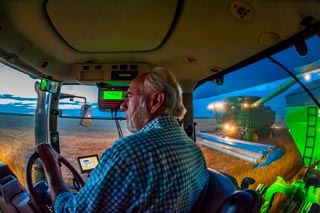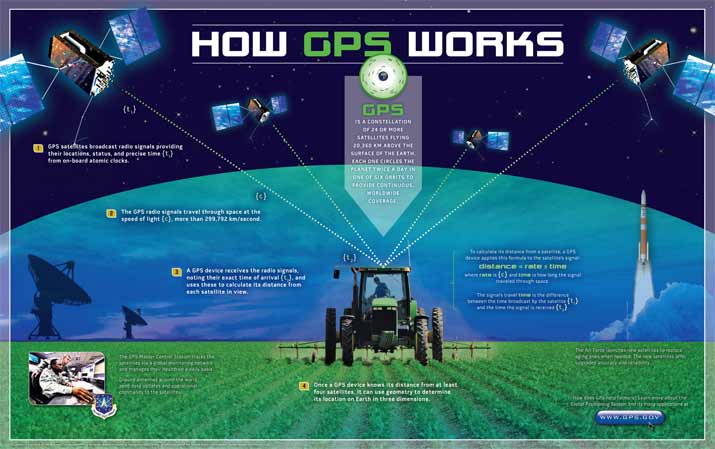How GPS Works
Feb 12, 2020

GPS, once a new and exciting technology, has now become a household word. From our cars, phones to even our watches, GPS technology is used in a variety of everyday applications. Have you ever wondered how it works, and better yet, why would we ever use it in agriculture? Having worked in the precision agriculture industry for many years, one of my favorite questions from individuals when I tried to explain my job was “GPS in agriculture? Why?”. I often compared it to driving down the highway with no lines on the road – GPS gave our tractors ‘lines’ on the field. While that was a gross over-simplification of how the ag industry uses GPS technologies, it always got my point across. Farmers today use GPS to provide more efficient and targeted applications including planting, in-field applications and sampling to name a few. It has increased our environmental stewardship, allowed for more timely operations and reduced product applications. Check out this infographic from the United States’ National Coordination Office for Space-Based Position, Navigation and Timing for a great explanation of ‘How GPS Works’. And the next time you pass by a farmer’s field, imagine those lines in the tractor all thanks to GPS!
